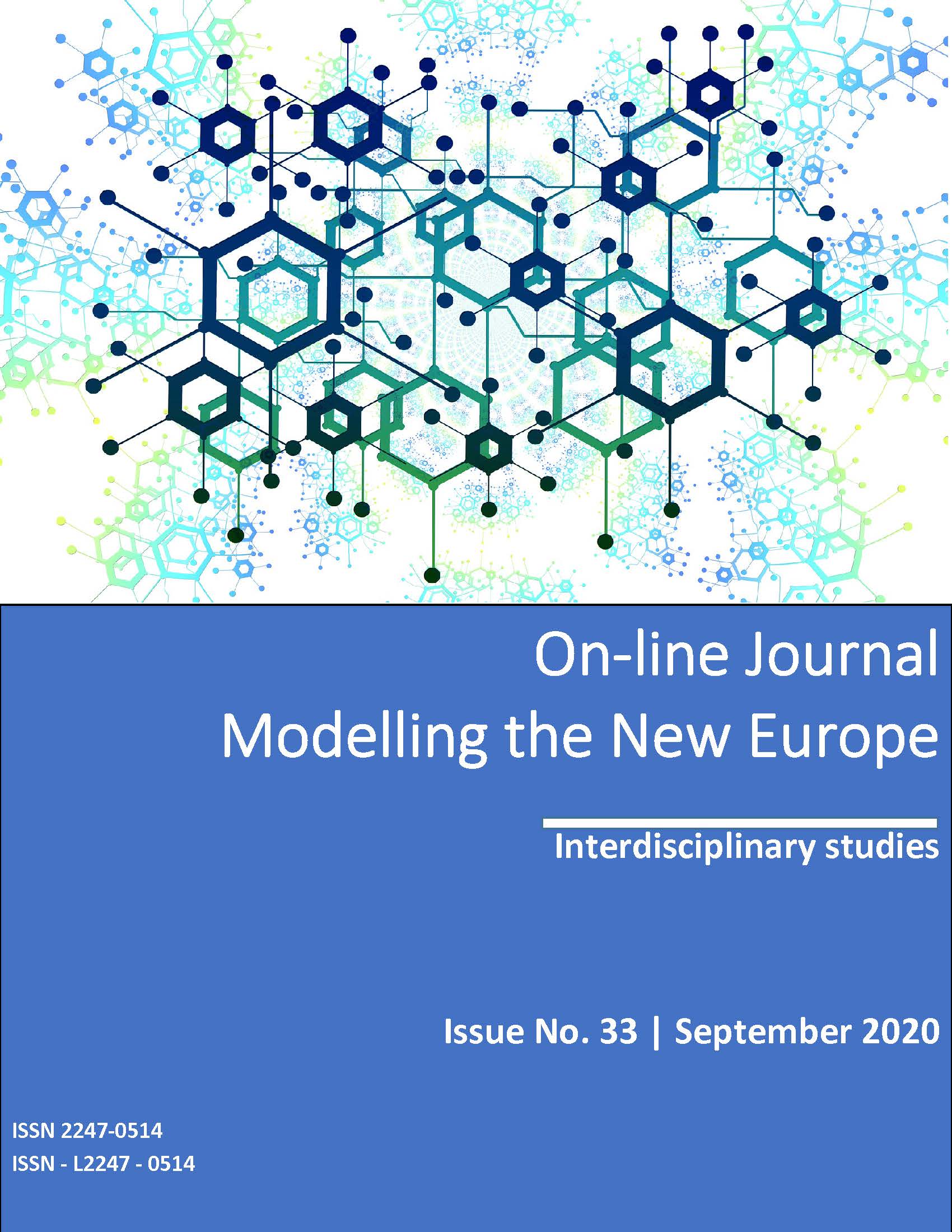CENTRAL EUROPEAN PARTY SYSTEMS AFTER 1990 –STABILIZATION OR CHAOS
CENTRAL EUROPEAN PARTY SYSTEMS AFTER 1990 –STABILIZATION OR CHAOS
Author(s): Jacek WojnickiSubject(s): Politics / Political Sciences, Politics, Political Sciences
Published by: Facultatea de Studii Europene -Universitatea Babeş-Bolyai
Keywords: Poles in USSR; repatriation policy; repatriation; remigration; Polish Charter
Summary/Abstract: The article analyzes the process of the formation of pluralist political scenes in Central and Eastern European countries. The focus of the analysis is five post-communist countries – the Czech Republic, Slovakia, Hungary, Bulgaria and Romania. The first contested parliamentary elections were held in successive months of 1990 (except Poland and Albania), which determined changes in the political scene. In the first transition period, the primary criterion determining the sociopolitical division was the historical factor. On the one hand, there were the so-called post-communist factions related to former ruling parties in the socialist states; on the other, factions created based on broad democratic opposition coalitions. In subsequent years, however, the socioeconomic division along the left-right lines grew in importance, as did the attitude toward the integration processes in Europe and the transformation process itself (along with the lines beneficiaries vs. transition losers). Also noteworthy is a weak „anchoring” of political parties in their electorates, which has resulted in frequent changes to the structure of parliaments and local government councils.
Journal: Online Journal Modelling the New Europe
- Issue Year: 2020
- Issue No: 33
- Page Range: 70-90
- Page Count: 20
- Language: English

